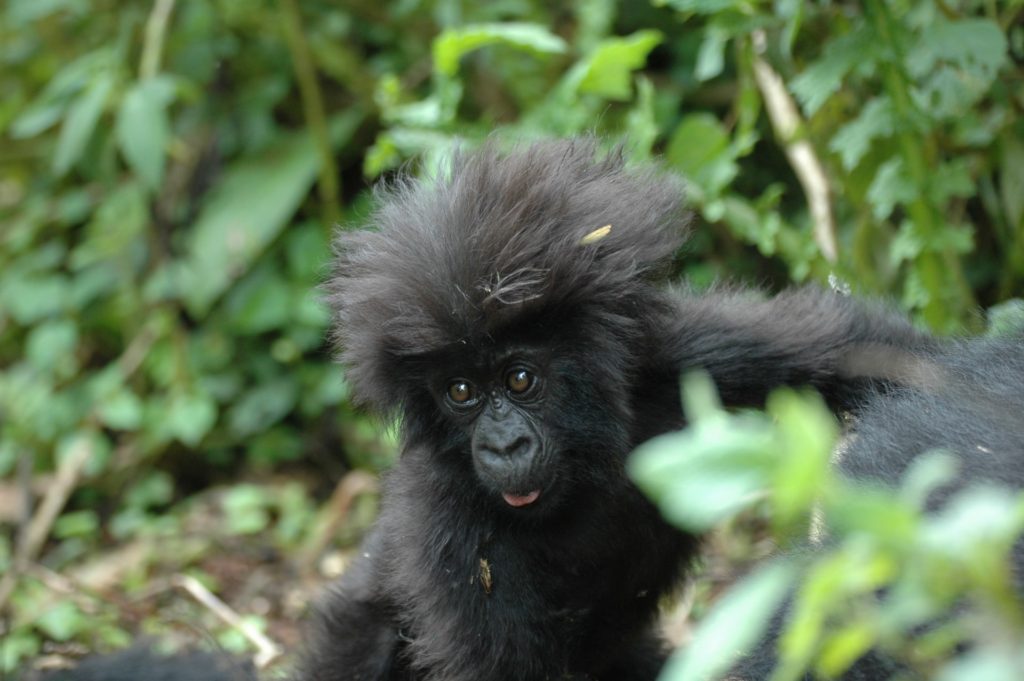How mountain gorillas adapt to their Environment ?
How mountain gorillas adapt to their environment : There are just 700 mountain gorillas left in the world, and half of them dwell in the forests of the Virunga Mountains. Learn more about how gorillas adapt to their environment. They reside in the Democratic Republic of the Congo, Rwanda’s safari parks, Bwindi Impenetrable Forest, and Mgahinga in Uganda.

Mountain gorillas are able to thrive in the rain forests of central Africa because of their gregarious character, habitat, herbivorous diet, and expressive faces. Mountain gorillas are able to adapt to their colder rain by utilizing a number of adaptations in their daily lives.
They have longer, thicker fur to help Them survive in the chilly tropical rain forest. The silverback, the group’s leader and protector, forms a group of 12 gorillas in their natural habitat. Due to their social nature, which aids in their ability to find food, gorillas are protected. They use a variety of communication methods to help the society develop successfully.
They communicate with their group members by using body language, vocalization, and expressive faces in addition to their verbal and nonverbal cues. By residing in plants, they are able to adapt to their surroundings. They do not expend energy on pursuing and killing prey.
The food that the trees and plants supply is their primary source of nutrition. They have short fingers that they use to crack the fruit’s shells, and they have large bodies that they can use to defend themselves against other animals that might try to take their food. Gorillas are incredibly covert and move subtly to avoid being seen or heard when they feel a threat.
